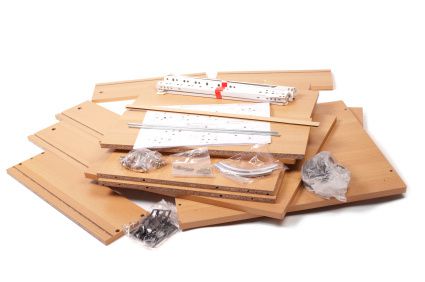SLOW DOWN TO ACCELERATE
Published on May 25 2016
There is a tendency to think that to be working seriously, you must look busy. If you are working quietly –or, even worse, sitting around a table with other colleagues, looking relaxed and talking happily- then you are not serious. In some companies, this culture has advanced to such a point where people are expected to do more tasks at the same time, to achieve more in a shorter time, to start earlier and finish later. Indeed, I was told of one company recently where people are expected to be in the office before 8.30 while leaving before 7pm means you are not taking you job seriously!
It’s hardly surprising that the number of cases of burn-out is on rise. Indeed, it is now being considered a serious health issue in France, and there are frequent articles and self-help books about how to combat this.
Whenever I am forced with a client who appears a little stressed, I mention the concept of burn-out, and it generally has the desired effect of helping the people realise they are at risk and what could be done to avoid this!
I feel it is also important to differentiate two concepts – speed and efficiency - and I use the simple concept of building the flat–pack piece of furniture as an illustration.
Many people – more men than women according to some – will open the box and start assembling the various pieces of wood … until realizing that they made a mistake somewhere, have to dismantle everything and start again! A greet loss of time and an excess of stress and frustration … not to mention a few bad words that begin with f!
The alternative approach is to lay out all the elements – pieces of wood of different sizes and shapes, screws, nails etc – and slowly follow the instructions. Generally, the result is an acceptable piece of furniture constructed without too much stress.
https://www.google.com/url?sa=i&rct=j&q=&esrc=s&source=images&cd=&cad=rja&uact=8&ved=0ahUKEwiH7POA2ejMAhVFlxoKHYqHAewQjRwIBw&url=http%3A%2F%2Fhanrahanassembly.com%2Ffaqs-and-tips%2F&psig=AFQjCNE0FBnbPyIgnjdY0s0mxIWdRjmJ3w&ust=1463835138854503
Back to the business world. Rather than jumping in at the deep and to start work on a new project, or to call back a potential customer within seconds of receiving a message, it may be better to think first, and consider these questions:
- What exactly do I want to achieve? For example, be more convincing during a presentation, reassure the difficult client without over procrastinating, find a faster method for doing my admin and so on.
- What skills do I have, or have I acquired, that allow me to contemplate success? For example, I’m good at long term planning, I know how to delegate and to whom, I know how to listen and check details…
- What am I lacking or do I need help to do this? For example, more practice in public speaking, better understanding of the client’s needs and what I can give that she/he will appreciate, or what about some colour-coded files to distinguish invoices from proposals, from tax declarations.
- What are the deadlines that I must respect? Do I need to start immediately or is it possible to plan ahead? Does this issue arrive frequently or not?
- Can I prioritise my tasks? For example, am I able to distinguish between what is urgent and what is important, do I prefer to focus on short, easy to finish tasks or would I rather start with the hardest one so I can get it out of the way as soon as possible?
In short, it is important to slow down in order to gain in efficiency – it’s not unlike changing down into first gear to move past an obstacle and then accelerate rather than trying to pass in third and clipping a rear-view mirror by accident!
To conclude, here is a simple concept to remember – the three As.
- Analyse: look at the task (or challenge, problem etc) from all angles so you understand the issues, the deadlines, the risks and so on.
- Assemble: group together what and/or who you need to reach this objective –this could include a specific colleague, certain tools, brochures etc
- Advance: now that you know where you need to go and you have what you need to get there, you can start moving.
And this leads to another A. the desired target …
I know all of this sounds like common sense or simple advice… but it’s extremely easy to forget in the heat of the moment.
So even if your agitated boss loses their temper when they see you “sitting around doing nothing” instead of looking busy, try to remember that in order to accelerate, you need to slow down first…

/image%2F0691026%2F20160124%2Fob_c0e1ea_psd-team.JPG)
/image%2F0691026%2F20160124%2Fob_fbb1b4_img-0956.JPG)


